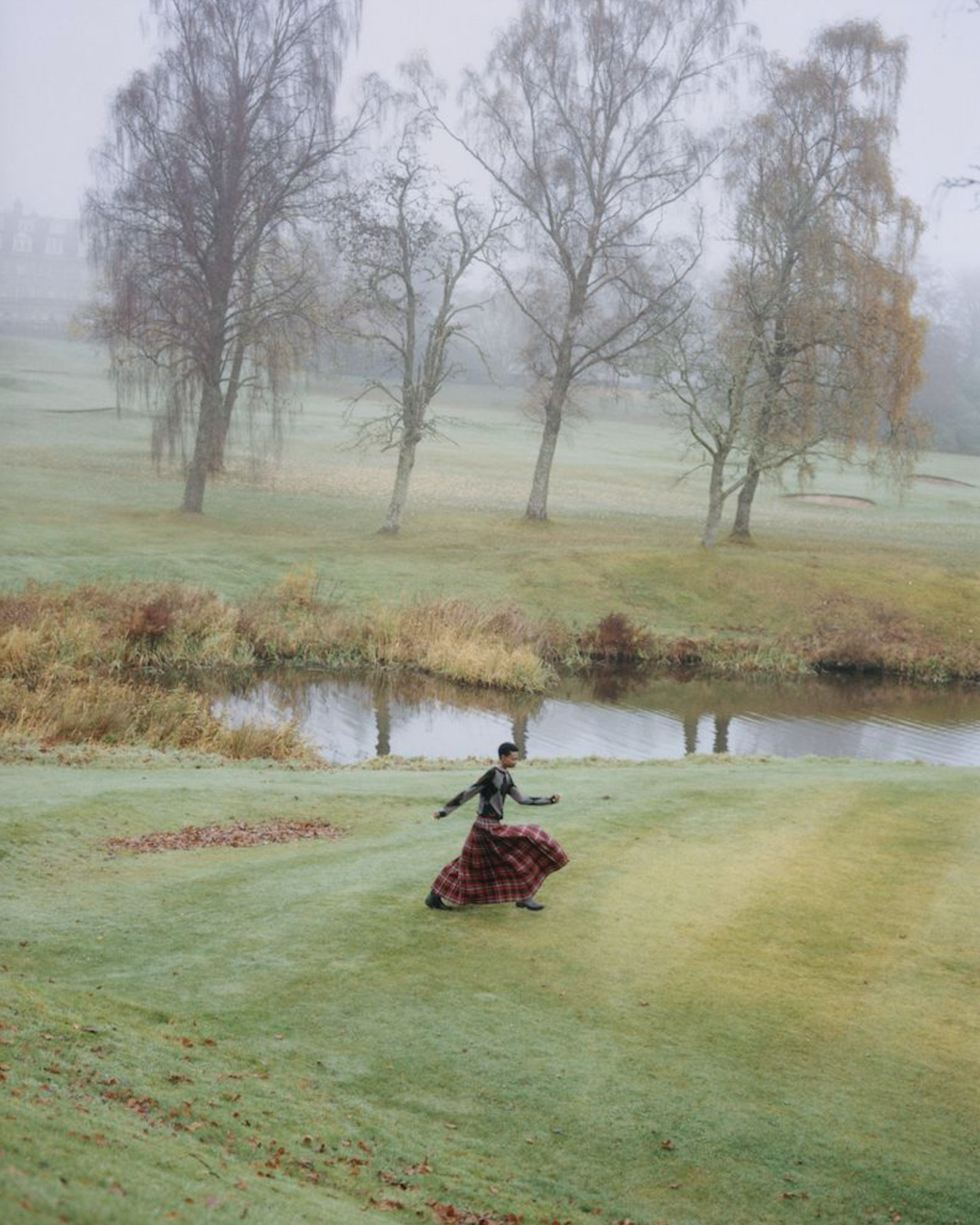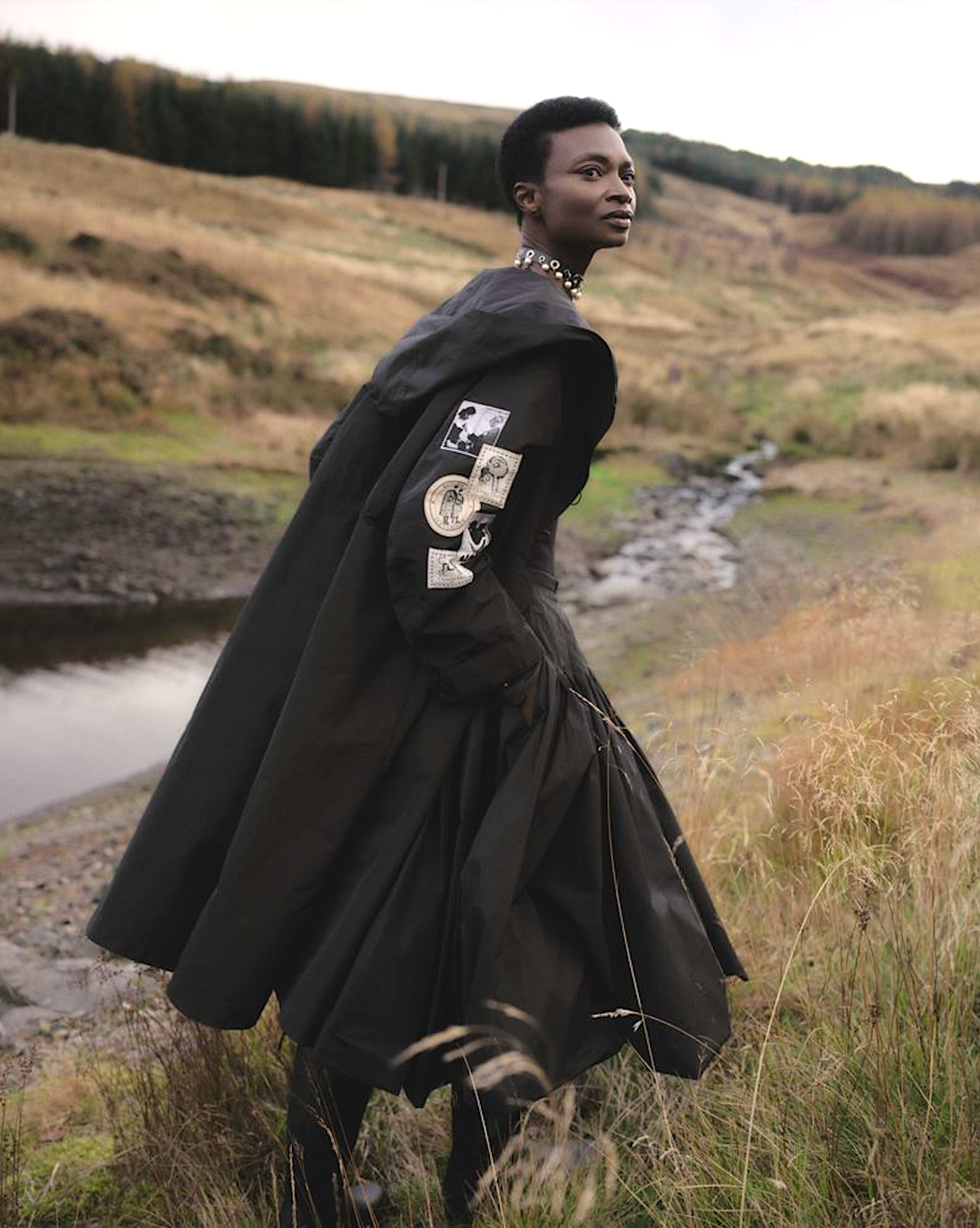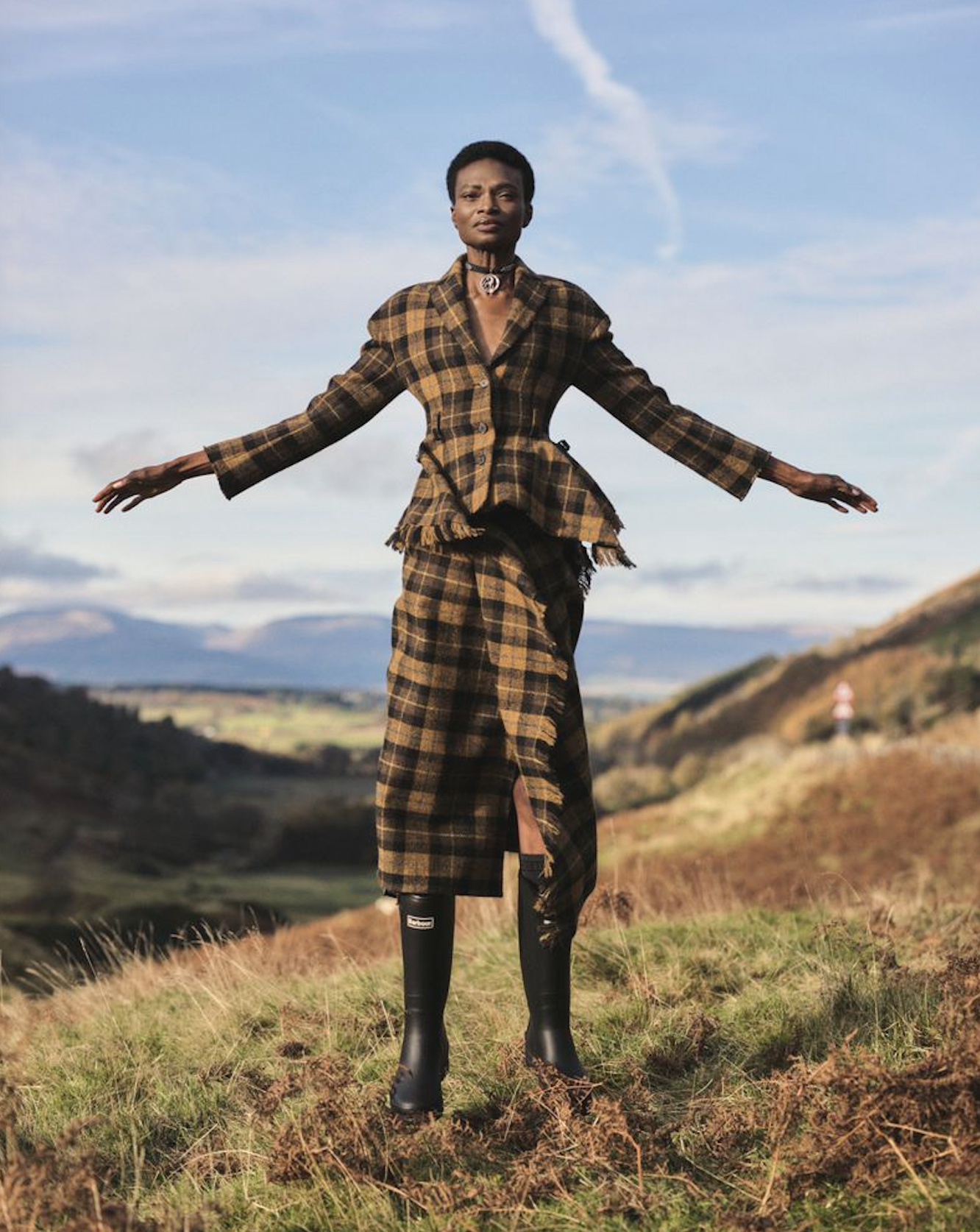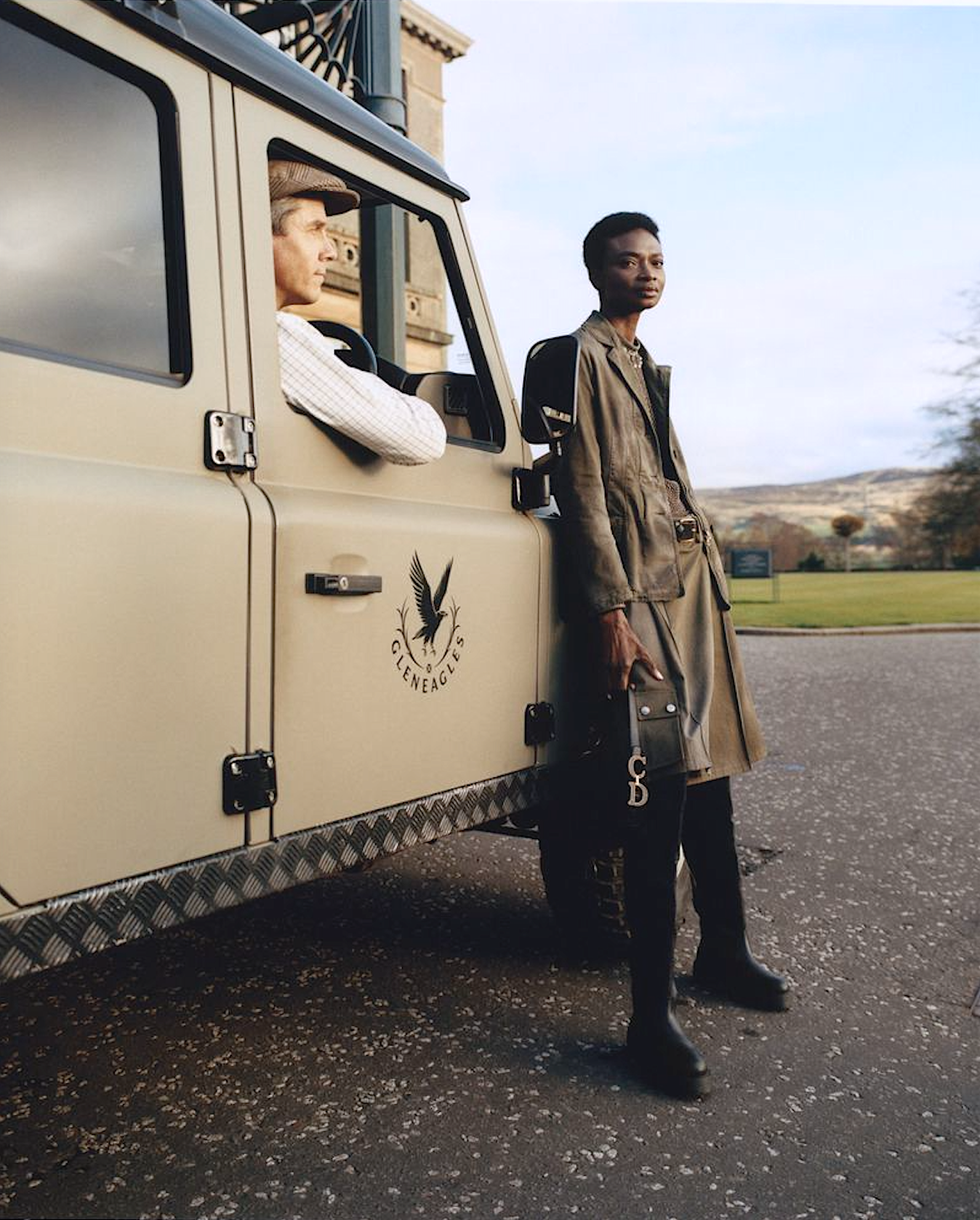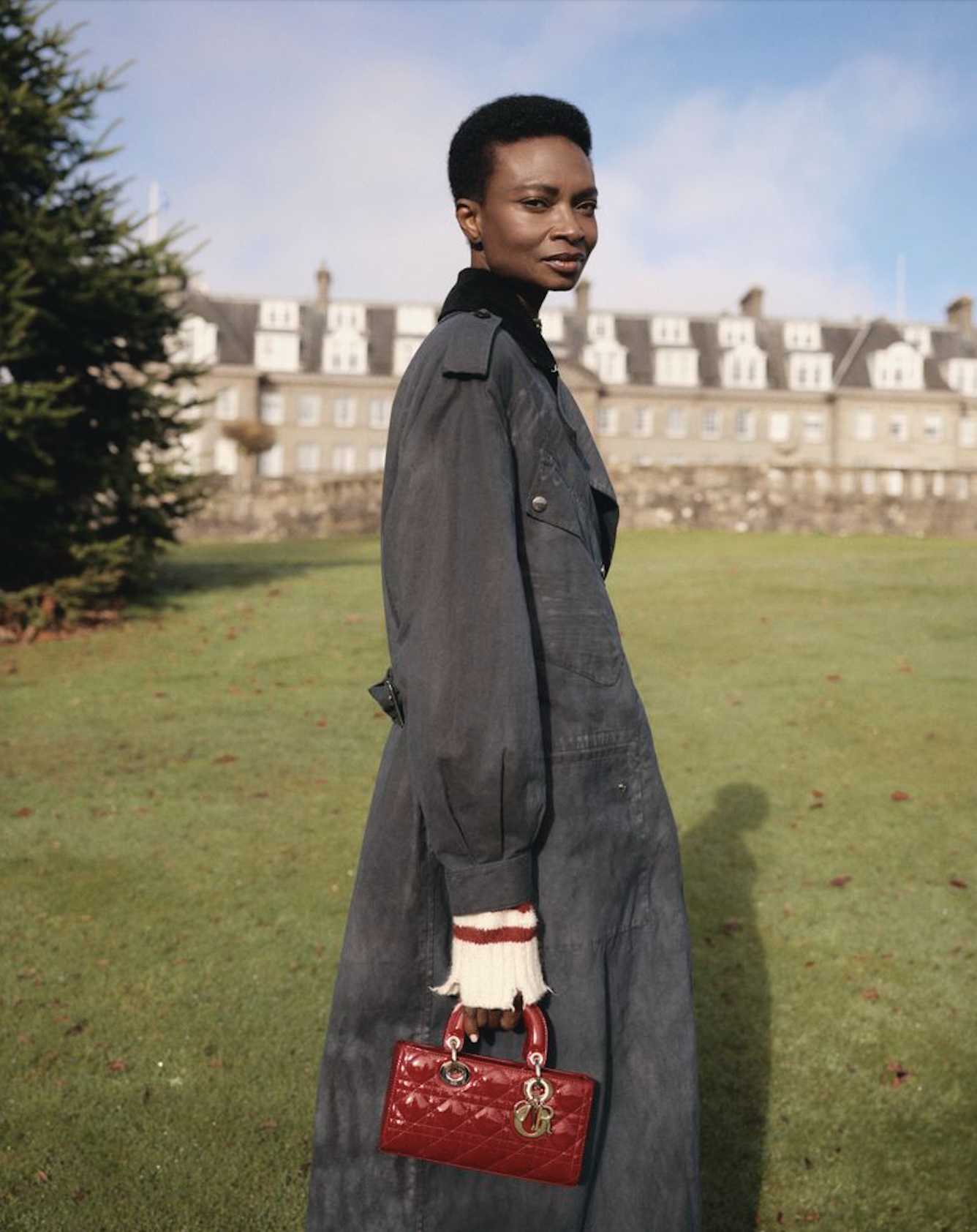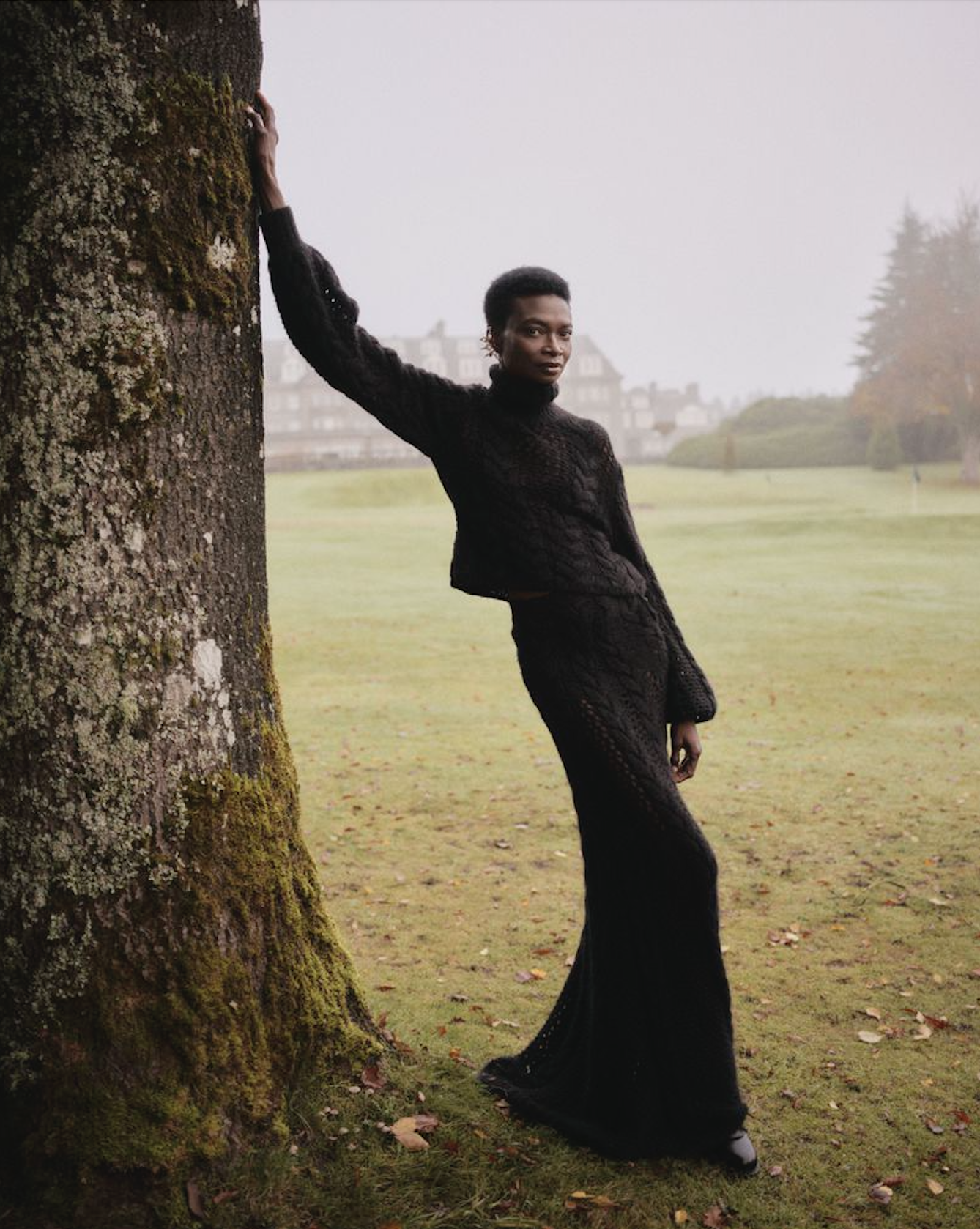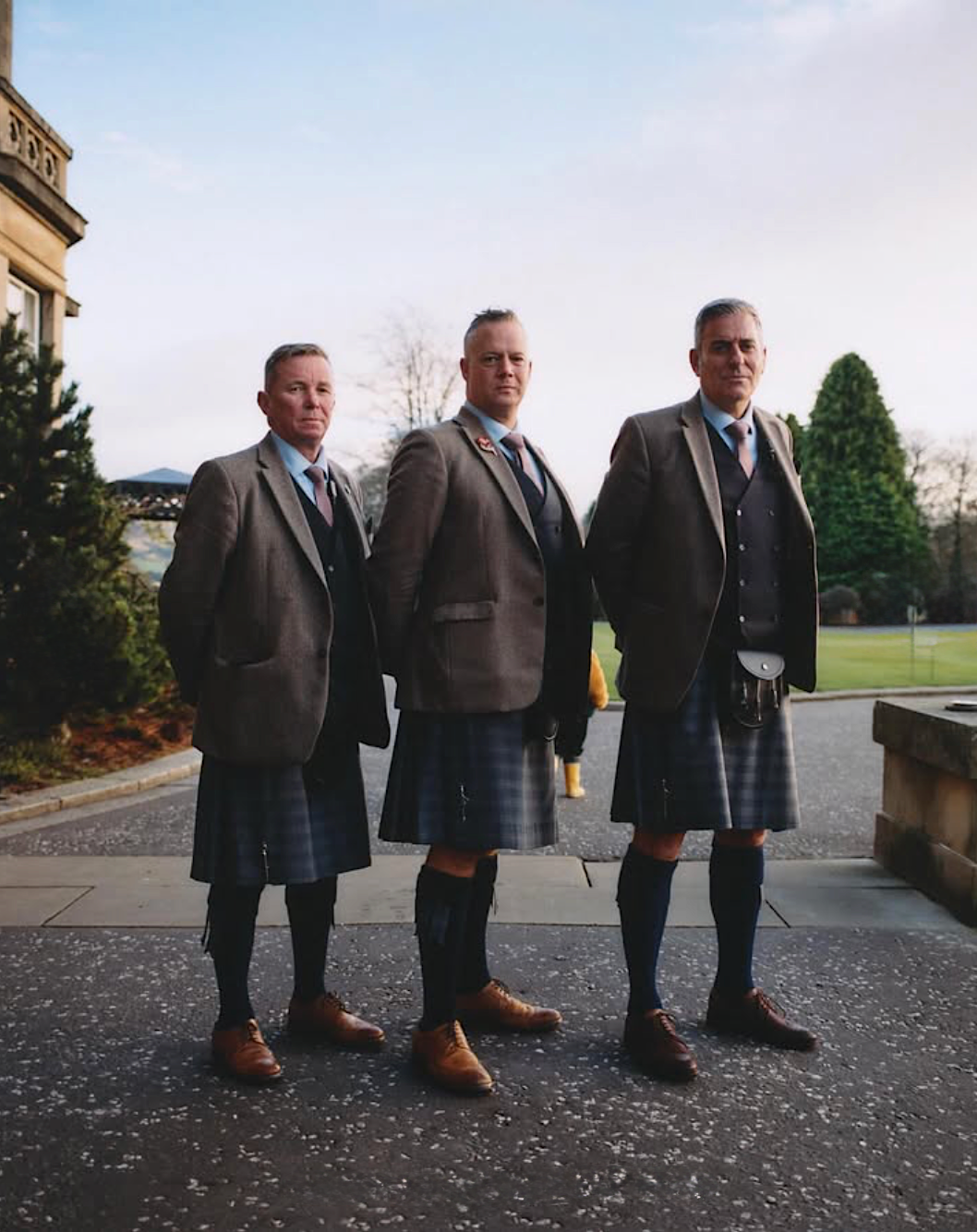Debra Shaw in Dior Cruise 2025 for 'Highland Fling' | AOC on History of Scottish Women
/Maria Grazia Chiuri staged her Dior Cruise 2025 show in the gardens of Drummond Castle in Scotland, with bagpipes making the occasion.
The winter Luxe issue of Grazia UK [IG] features top model Debra Shaw wearing key pieces from the Dior Cruise 2025 collection styled by Sofia Lazzari.
The backdrop for the fashion shoot by Silvana Trevale [IG], is the Gleneagles Hotel in the glorious playground of Perthshire, Scotland.
“Scotland is an important reference in the fashion world,” Chiuri told press before the 2025 Cruise show, “and I wanted to interpret it in a different way. For my generation, it’s so associated with punk, but there is another way to go into it, and that’s through the textiles.
Dior’s Maria Grazia Chiuri Always Finds the Unique Makers for Her Collections
In fashion we concentrate so much on shape: But textiles are a big part of our job—what you can do with them, and the changes you can make through them.” So, Chiuri went to the traditional—the tartan and cashmeres, the tweeds and the Argyles—and deftly filtered them into a collection which variously drew on the geopolitics of fabrics.
The ghost of Mary Stuart [aka Mary Queen of Scots] and the way she gave political commentary through her embroideries was present. Of course, ‘vive le punk’ took its turn in the spotlight, rocking with a defiant beauty—and an equally defiant energy.
Women’s Lives in Ancient Scottish Lands
The history of women’s lives in these ancient Scottish lands is not as rigid as in other parts of Europe. Notably, ancient Scottish society was characterized by a degree of gender flexibility, allowing women to assume roles typically reserved for men, particularly in times of crisis or during the absence of male family members.
In ancient Scottish history, particularly in Pictish and Celtic societies, women held roles that were both complex and integral to the social structure.
In some instances, women could wield significant influence within the clan structure, particularly in local matrilineal societies where lineage and inheritance were traced through the mother's line. Moreover, women could act as mediators and peacekeepers, using their familial connections to resolve disputes.
Certain historical and mythological figures, such as warrior queens and female druids, highlight the respect and reverence that could be afforded to women. These roles demonstrate their indispensable place in the social, spiritual, and economic life of early Scottish communities.
As Celtic society, in particular, spread across Scotland, everyday life embraced a social structure where women participated in a wide range of activities. While women were subject to the rising patriarchal systems rising across Europe, Scottish Celtic laws such as the Brehon Laws allowed certain rights for women, including property ownership and divorce.
Scottish women and noblewomen, in particular, were not only homemakers but also landowners and, in some cases, warriors. Bards and storytellers often celebrated formidable Celtic queens and warrior women in myths and legends, reflecting their societal status.
The Rise of Nobility in Post Nomadic Societies
The emergence of hierarchical societies in the ancient world was a complex process that involved multiple factors and transformations in social organization. As human groups transitioned from nomadic lifestyles to settled agricultural communities, the need for structured governance and social order grew. Surpluses in agriculture allowed for the accumulation of resources, which led to the differentiation of roles and an increasingly stratified society.
Those who controlled resources, such as land and grain, often gained more power and influence, laying the groundwork for the rise of an elite class. Before the arrival of monotheism and Christianity, in particular, women wielded far greater power than in a post-Christian world.
In the Scottish highlands, some of these noblewomen rose to prominence by managing vast estates, overseeing economic endeavors, and exercising legal rights over lands and properties. Their involvement in such matters reflected their understanding of governance and economics, skills passed down and refined through generations. Moreover, female leaders occasionally led clans in times of conflict, commanding respect and loyalty from their people in much the same way as their male counterparts.
The early societies campaigned on the platform that women of property be granted the vote. As a result, noble women were early advocates on other issues such as higher education for women, womens property rights, and other ways to advance the scope of women’s lives.
Presumably, noble women with the right to vote also involved themselves in issues pertaining to children, although the record is sparce.
The legacies of figures such as Queen Margaret of Scotland illustrate the significant role women played in the ecclesiastical and cultural development of the nation, fostering religious reform and intellectual exchange. Thus, noblewomen and female leaders in Scottish history were indispensable figures whose influence shaped the cultural and political evolution of their time.
Dior’s Maria Grazia Chiuri is well-versed on women’s history, as she’s a proud feminist to the core of her being. Who better than the elegantly-fierce model Debra Shaw to inspire this AOC contribution to our collective understanding of women’s lives in today’s world, but also as far back in human history as evidence permits. ~ Anne

